
Kód: 09428920
R&D Productivity
Autor Gerald P Dundon
Based on work from the frontline of high-tech business, this book describes a new approach to targeting and measuring research and development (R&D) productivity. Using logic and basic math, lifecycle revenue and profit targets fo ... celý popis
- Jazyk:
 Angličtina
Angličtina - Väzba: Pevná
- Počet strán: 150
Nakladateľ: Gerald Dundon, 2015
- Viac informácií o knihe

Mohlo by sa vám tiež páčiť
-

Out of Sight Till Tonight!
10.87 € -4 % -

Tales from the Detroit Tigers Dugout
23.61 € -

Die Taxation der Privat- und Gemeinde-Forsten
26.69 € -

Shopping Queen, Das Kartenspiel
11.59 € -2 %
Darčekový poukaz: Radosť zaručená
- Darujte poukaz v ľubovoľnej hodnote, a my sa postaráme o zvyšok.
- Poukaz sa vzťahuje na všetky produkty v našej ponuke.
- Elektronický poukaz si vytlačíte z e-mailu a môžete ho ihneď darovať.
- Platnosť poukazu je 12 mesiacov od dátumu vystavenia.
Viac informácií o knihe R&D Productivity
Nákupom získate 155 bodov
 Anotácia knihy
Anotácia knihy
Based on work from the frontline of high-tech business, this book describes a new approach to targeting and measuring research and development (R&D) productivity. Using logic and basic math, lifecycle revenue and profit targets for R&D project spending can be calculated that are intrinsically allied with corporate goals for revenue growth and profitability. It describes how to measure and track R&D productivity performance versus target and how to interpret and report on variance. CRRM, or the Cumulative Required Revenue Multiple, is the value of cumulative revenue an R&D investment must return by the end of its lifecycle (expressed as a multiple of the cost of the R&D investment) in order to support the declared business goals. The business goals are generally articulated as a desire to grow corporate (or divisional) revenue at a given CAGR in the medium to long term and a willingness to commit a fixed percent of annual revenue to R&D spending, to fuel the revenue growth ambition. Once the desired revenue CAGR and annual R&D spend are known, and the lifecycle of the investment is estimated, it becomes possible to calculate the CRRM. The book develops the logic and math to calculate CRRMs. The book contrasts the utility of the CRRM metric to the more traditional methods of assessing project ROI using discounted cash flow-Net Present Value (NPV) and Internal rate of Return (IRR). By comparison, NPV is a very blunt instrument. For a given cost of capital, a positive NPV says it's a good investment, zero means it's neutral or breakeven, and negative says it's a bad investment. Even if an investment shows a positive NPV, it still doesn't tell the user if the predicted returns are sufficient to support the stated business goals. If the cost of capital is adjusted until the NPV = 0, this yields the internal rate of return (IRR). But knowing that the IRR is higher, or even substantially higher than the assumed cost of capital, still fails to answer the question "Is the investment return sufficient to support the stated business goals?" CRRM does provide an answer to that question, and thus it is a far superior ex ante measure of the required R&D return on investment because it ties that required return to the business goals. It tells the user what the cumulative revenue return for any R&D project or portfolio of projects needs to be, as a multiple of the project(s) cost, to support the stated business goals. It answers the question, is the projected return enough. If the proposed project or portfolio of projects is judged as unlikely to reach the required multiple, then either more-productive projects need to be considered and selected, or the business goals need to be changed. CRRM can also be used very effectively as an ex post measure of R&D productivity, when used in conjunction with a "model" curve of cumulative revenue that is also discussed/developed in the book. The book also explores . Why discounted cash flow metrics (NPV and IRR) are inadequate for R&D project valuation and selection ż . Why one of the most popular current measures of R&D performance- percent of revenue coming from new products- is a poor R&D performance metric ż . Why annual R&D spending must be included in return rate calculations ż . How product lifecycles influence required target return rates ż . How R&D overhead costs should be treated when targeting return rates for R&D projects ż . Why correctly targeting, measuring, and reporting R&D productivity performance is a critical management competencyż
 Parametre knihy
Parametre knihy
Zaradenie knihy Knihy po anglicky Economics, finance, business & management Business & management Management & management techniques
62.73 €
- Celý názov: R&D Productivity
- Podnázov: How to target it, . How to measure it. Why it matters..
- Autor: Gerald P Dundon
- Jazyk:
 Angličtina
Angličtina - Väzba: Pevná
- Počet strán: 150
- EAN: 9780986152504
- ISBN: 9780986152504
- ID: 09428920
- Nakladateľ: Gerald Dundon
- Hmotnosť: 430 g
- Rozmery: 239 × 160 × 19 mm
- Dátum vydania: 24. April 2015
Obľúbené z iného súdka
-

Millionaire Fastlane
26.58 € -

The Coaching Habit
17.55 € -5 % -

Turn The Ship Around!
12.11 € -16 % -

Traction
17.75 € -17 % -

The Daily Stoic
14.16 € -24 % -

Leaders Eat Last
11.08 € -23 % -

Drive
10.57 € -22 % -
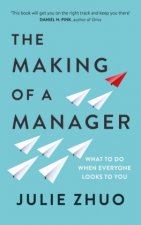
The Making of a Manager
16.52 € -24 % -

7 Habits of Highly Effective People
22.27 € -

The 4-Hour Workweek
23.09 € -18 % -
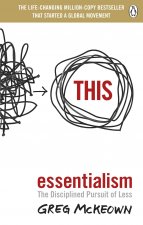
Essentialism
13.44 € -21 % -

How Women Rise
10.98 € -24 % -

Find Your Why
18.78 € -23 % -
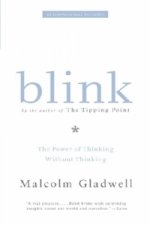
Blink
9.33 € -22 % -

Make Time
16.52 € -24 % -

Coach's Casebook
35.62 € -1 % -

People Skills
15.39 € -21 % -

Who
21.96 € -23 % -
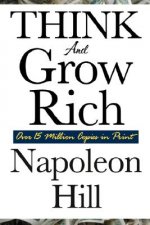
Think and Grow Rich
11.80 € -

Ride of a Lifetime
20.42 € -6 % -

Spiral Dynamics - Mastering Values, Leadership and Change
38.80 € -3 % -

Logistics and Supply Chain Management
55.95 € -

Nine Lies About Work
26.28 € -14 % -
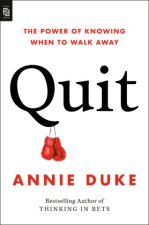
Quit
16.52 € -21 % -
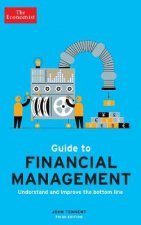
Economist Guide to Financial Management 3rd Edition
18.78 € -23 % -

Making of a Manager
14.47 € -19 % -

Secret Handshake
20.83 € -

Startup Leadership: How Savvy Entrepreneurs Turn T heir Ideas Into Successful Enterprises
30.07 € -4 % -

One Plus One Equals Three
10.98 € -24 % -
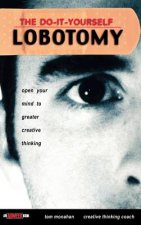
Do-It-Yourself Lobotomy - Open Your Mind to Greater Creative Thinking
56.87 € -3 % -
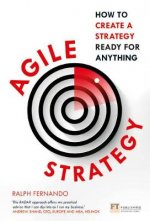
Agile Strategy
30.18 € -

Big Book of Creativity Games: Quick, Fun Acitivities for Jumpstarting Innovation
31.82 € -1 % -

Extreme Ownership
23.30 € -24 % -

High Output Management
16.73 € -14 % -

Inspired - How to Create Tech Products Customers Love, 2nd Edition
30.07 € -4 % -

Principles
26.17 € -23 % -

Hooked
12.93 € -24 % -
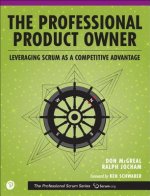
Professional Product Owner, The
33.15 € -3 % -
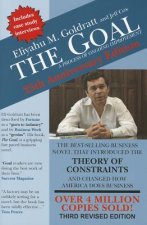
Goal
21.35 € -18 % -

Devil Take the Hindmost
16.62 € -22 % -
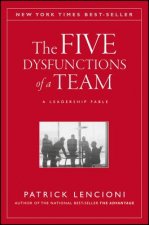
The Five Dysfunctions of a Team
22.68 € -20 % -

Accelerate
18.88 € -19 % -

Daily Stoic Journal
14.16 € -24 % -

Agile practice guide
48.15 € -4 % -

Coaching for Performance
21.76 € -23 % -

The Innovator's Dilemma
27.51 € -6 % -

Way, the Enemy, and the Key
72.99 € -7 % -
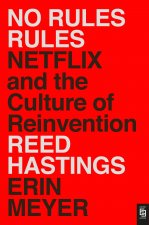
No Rules Rules
16.93 € -10 % -

Leadership Is Language
23.30 € -21 %
Osobný odber Bratislava a 2642 dalších
Copyright ©2008-24 najlacnejsie-knihy.sk Všetky práva vyhradenéSúkromieCookies



 21 miliónov titulov
21 miliónov titulov Vrátenie do mesiaca
Vrátenie do mesiaca 02/210 210 99 (8-15.30h)
02/210 210 99 (8-15.30h)